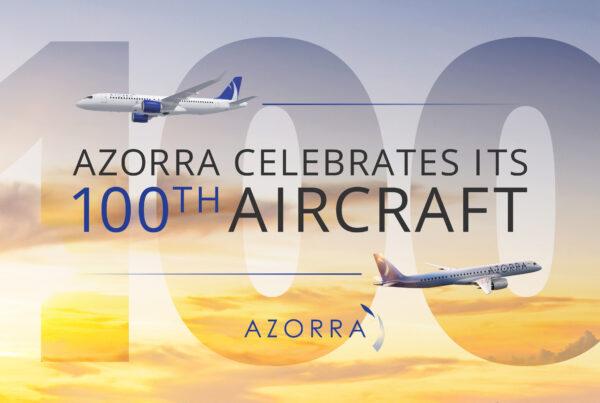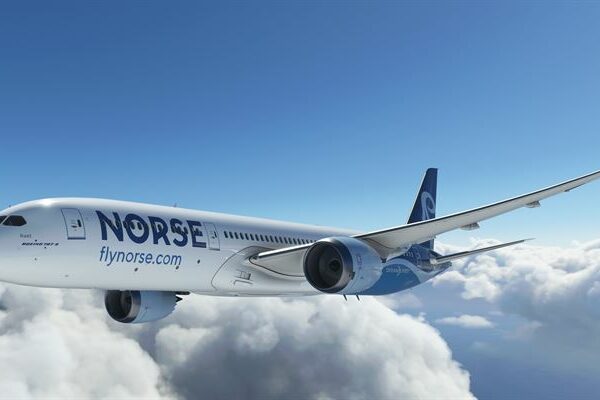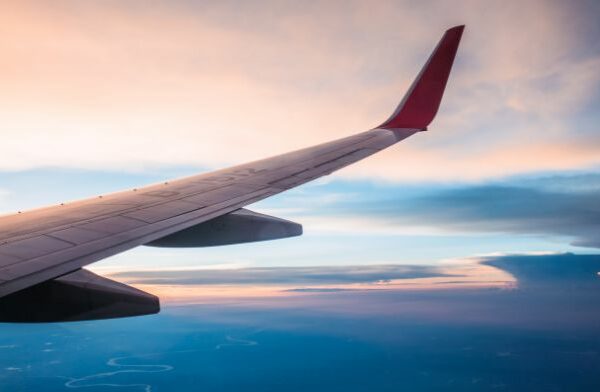Flybe, Europe’s largest independent regional airline, may be reducing its fleet but the right-sizing process is already producing the goods in terms of increased returns.
The airline, which has made a conscious step away from its previous low-fare ambitions to concentrate more on its established niche as a regional carrier, says that for the latter half of 2018 and the first half of 2019 it is on course for a planned decrease of 8.6% in seat capacity.
Roy Kinnear, chief commercial officer, said that this decrease will result in an increase in revenue per seat of 10.9% over the same period, while yields will increase by 0.3%. The Exeter, UK-based airline has also sold 54% of its seats (as of 15 June 2018), compared to 49% at the same point last year.
The company’s right-sizing strategy is driving up load factors, yields and revenue per seat, said Kinnear, placing it in a good position as it nears the planned delivery later this year of its ‘e-fly’ digital platform using Amadeus’ Altea Suite, which it ordered last year. The new passenger service system will be up and running by October or November this year and will offer a much-enhanced digital experience for Flybe’s customers, while also opening up new revenue opportunities for the carrier, which says it currently receives 83% of its bookings via web channels.
Kinnear reiterated the airline’s recent plans to make the Bombardier Q400 turboprop the backbone of its fleet (the average flight time for its aircraft is 53 minutes). The reduction in its fleet size from 83 aircraft in March 2017 to approximately 70 by the end of 2020 is also ensuring it cancels unprofitable routes – Flybe has so far ditched 14 routes since implementing its strategy earlier this year.
Q400-E175 sweetspot
The airline will also have moved on all nine of its 118-seat Embraer E195 jets from its fleet by March 2020 after having deemed the aircraft no longer appropriate for its specific needs, although it remains committed to the smaller E175 for some of its longer routes. By December 2020 it will have received all its remaining E175s on order, with four due for delivery next year.
Kinnear commented: “The Q400, with its 78 seats, hits a real sweet spot for us, and then that fits in really nicely with the E175.”
Other insights from a media trip to Flybe’s Exeter facilities this week included a reduction of 0.9% in the number of available seats in 2017/2018 to 12.6 million from 12.7 million the year before. Load factor was much improved at 75.6%, a rise of 6% from the equivalent figure a year earlier, while passenger numbers also rose by 7.7% to 9.5 million from 8.8 million.
Flybe’s average passenger sector length is currently 500 km, slightly down from 503.1 km the year before. Passenger yield (unit) is up 1.4% so far this year to 71.15, compared to 70.20 the prior period, while passenger revenue per seat is up an impressive 10.1% to 53.79 in the period 2017/2018, compared to 48.84 the year before.
The operator earlier this month confirmed it had cut its pre-tax losses from £48 million to £9 million, while increasing its revenue by 6.4% to £752.6 million. Some of those remaining losses are in part down to the company’s investment in increased maintenance to further improve the performance of its Q400s to enhance aircraft reliability and on-time performance.
The airline did flag up potential headwinds over the remainder of this year and into next year in terms of fuel price and UK Sterling volatility, although it says it is “well-hedged” for this year and next. It also added that it will continue to fly between the UK and Europe but that it would not invest in any intra-European routes at present until clarity is reached on Brexit.







